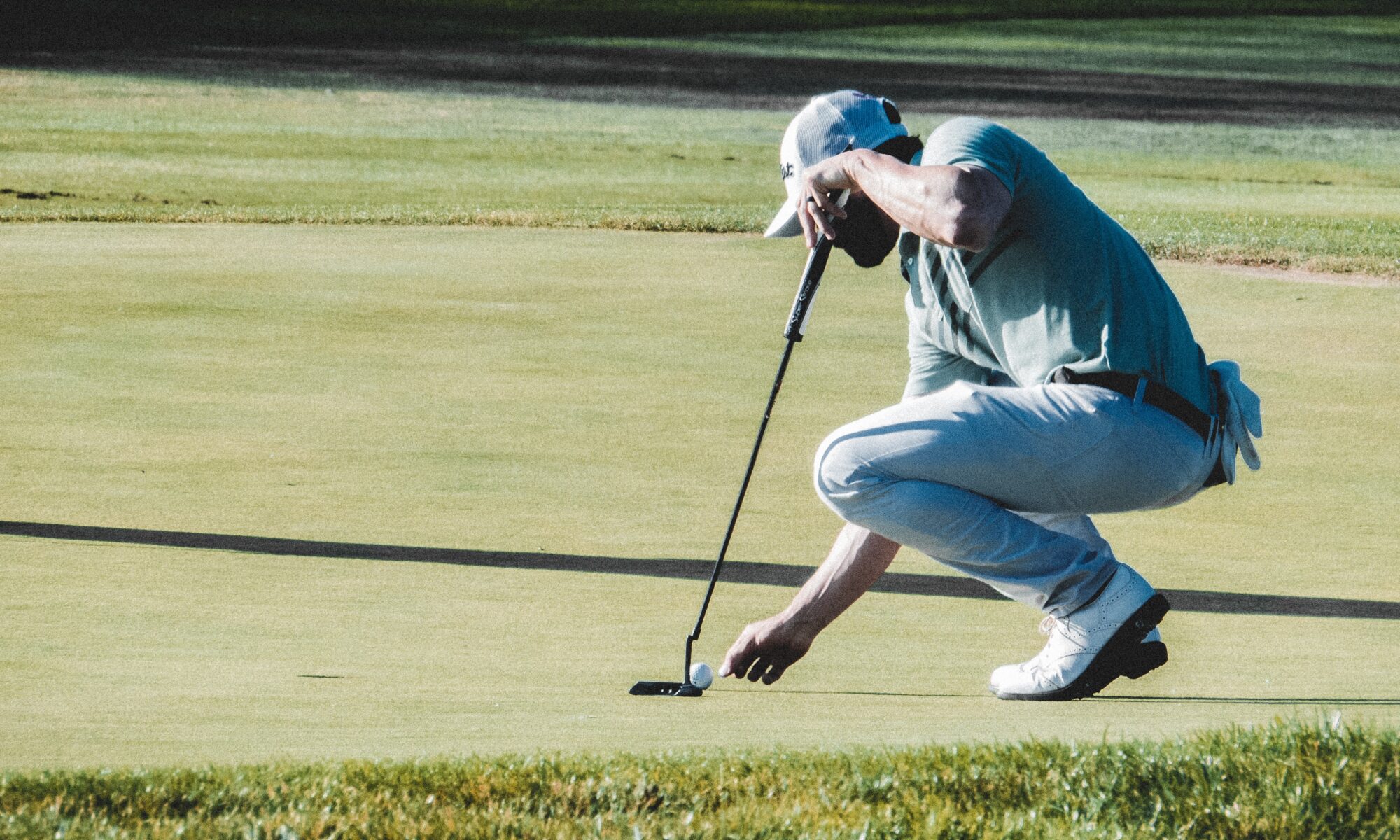By Kevin Cotter, PGA
The grip is the crucial link between your body and the golf club — the point where feel, control, and power all begin. Arnold Palmer captured it perfectly:
“The grip is the crucial junction point from which all the body’s strength and rhythm are transferred to the club.”
A sound grip is not just a fundamental—it’s the foundation of every consistent, repeatable golf swing.
The Three Primary Golf Grips
Golfers generally use one of three classic grip styles. Each has unique benefits, and understanding them helps you select the grip that best suits your hands, mechanics, and comfort.
1. The Overlapping Grip (Vardon Grip)
The most widely used grip in golf, named after legendary champion Harry Vardon.
How it works:
- The right pinky rests on top of the gap between the left index and middle fingers.
- This softly “connects” the hands into one unified unit.
Benefits:
- Encourages a natural release of the club.
- Promotes hand unity without tension.
- Ideal for players with medium or larger hands.
This grip is the preferred choice for most advanced golfers because it blends control with fluidity.
2. The Interlocking Grip
A favorite among players wanting an even more secure hand connection. Used famously by Jack Nicklaus and Tiger Woods.
How it works:
- The right pinky hooks around the left index finger, interlocking them together.
Benefits:
- Creates a very strong, unified hand structure.
- Prevents the dominant hand from overpowering the swing.
- Great for players with smaller hands or those seeking tighter control.
If your hands tend to separate during the swing, this grip can be a game-changer.
3. The Ten-Finger Grip (Baseball Grip)
Less common among seasoned golfers, but incredibly useful for beginners and players with limited strength.
How it works:
- All ten fingers remain in contact with the club, similar to holding a baseball bat.
Benefits:
- Easy to learn and very comfortable.
- Provides leverage for players who need extra strength.
- Ideal for juniors, newcomers, or players overcoming physical limitations.
While it may lack some refined control, it is an excellent stepping-stone grip for developing players.
Choosing the Right Grip for Your Game
There is no single “correct” grip — just the one that fits your hands, preferences, and golf goals.
Ask yourself:
- Which grip feels most natural?
- Do my hands stay connected throughout the swing?
- Am I gaining control without adding tension?
Mastering your grip is one of the fastest ways to improve ball striking, create consistency, and unlock your natural swing motion.

